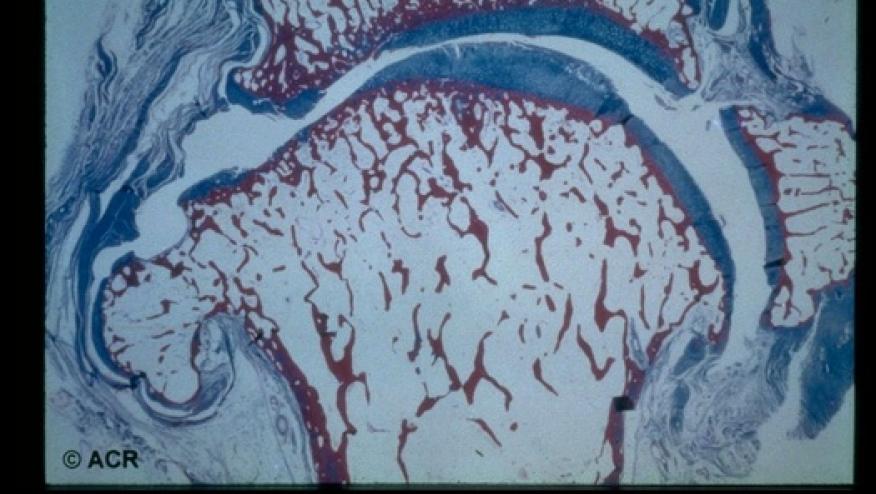Sodium Channels, Carbemazepine and Osteoarthritis Progression Save

A study published in Nature suggests that therapies affecting sodium channels could be employed to treat osteoarthritis.
Osteoarthritis (OA) affects 528 million people worldwide and yet there are no uniformly effective treatments - other than joint replacement. The ideal therapeutic intervention would both prevent/manage pain while preventing cartilage degeneration and joint damage.
Researchers from New York University Grossman School of Medicine and the Yale University School of Medicine noted that voltage-gated sodium channels (VGSCs) in chondrocytes and neurons may be involved in OA pathogenesis. They demonstrated that "Nav1.7" is an OA-specific sodium chanel in human OA chondrocytes and dorsal root ganglia. In a mouse model genetic ablation of Nav1.7 reduced pain. Moreover, pharmacological blockade of Nav1.7 (with pan-Nav channel blockers) significantly ameliorates structural joint damage, progression and OA pain.
Nav1.7 appears to be a new novel chondrocyte-expressed, OA-associated channel mediating pain and progression and could potentially be a disease-modifying and non-opioid pain therapy OA. They also identified the seizure druge carbamazepine to be be a sodium channel blocker with the potential use in OA management.










If you are a health practitioner, you may Login/Register to comment.
Due to the nature of these comment forums, only health practitioners are allowed to comment at this time.